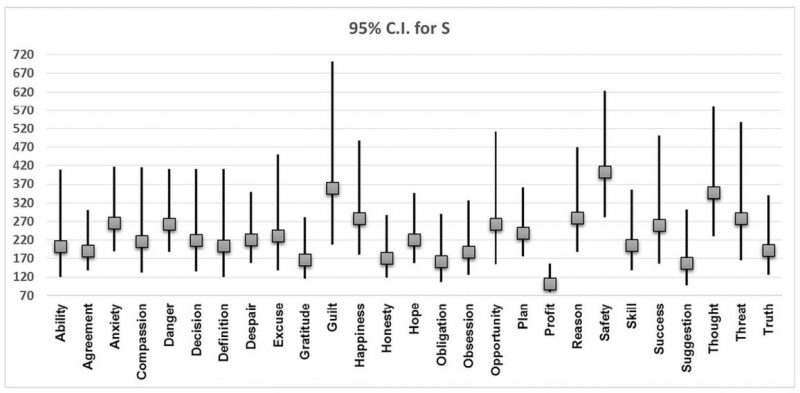27 de julio 2020
Abstract:
Conceptual properties norming studies (CPNs) ask participants to produce properties that describe concepts. From that data, different metrics may be computed (e.g., semantic richness, similarity measures), which are then used in studying concepts and as a source of carefully controlled stimuli for experimentation. Notwithstanding those metrics’ demonstrated usefulness, researchers have customarily overlooked that they are only point estimates of the true unknown population values, and therefore, only rough approximations. Thus, though research based on CPN data may produce reliable results, those results are likely to be general and coarse-grained. In contrast, we suggest viewing CPNs as parameter estimation procedures, where researchers obtain only estimates of the unknown population parameters. Thus, more specific and fine-grained analyses must consider those parameters’ variability. To this end, we introduce a probabilistic model from the field of ecology. Its related statistical expressions can be applied to compute estimates of CPNs’ parameters and their corresponding variances. Furthermore, those expressions can be used to guide the sampling process. The traditional practice in CPN studies is to use the same number of participants across concepts, intuitively believing that practice will render the computed metrics comparable across concepts and CPNs. In contrast, the current work shows why an equal number of participants per concept is generally not desirable. Using CPN data, we show how to use the equations and discuss how they may allow more reasonable analyses and comparisons of parameter values among different concepts in a CPN, and across different CPNs.


